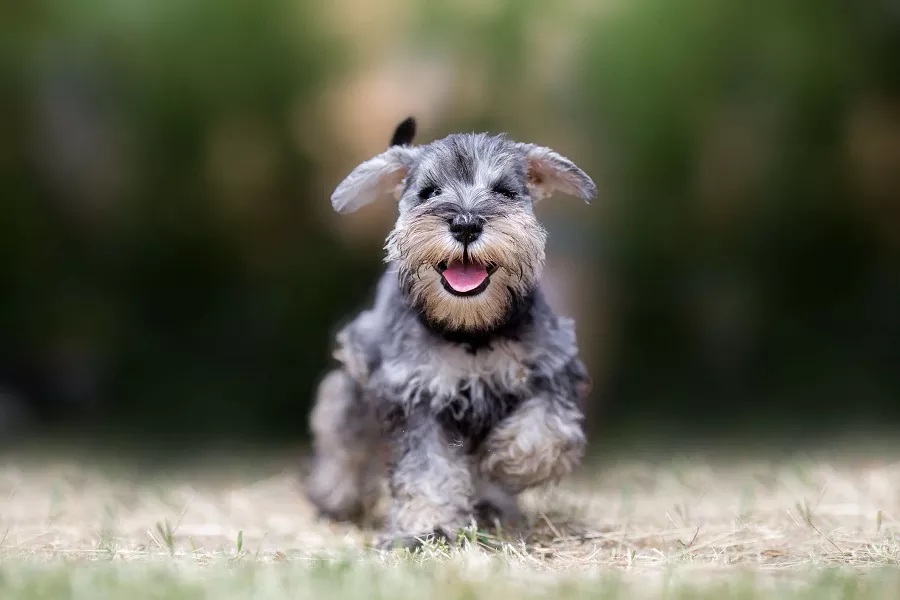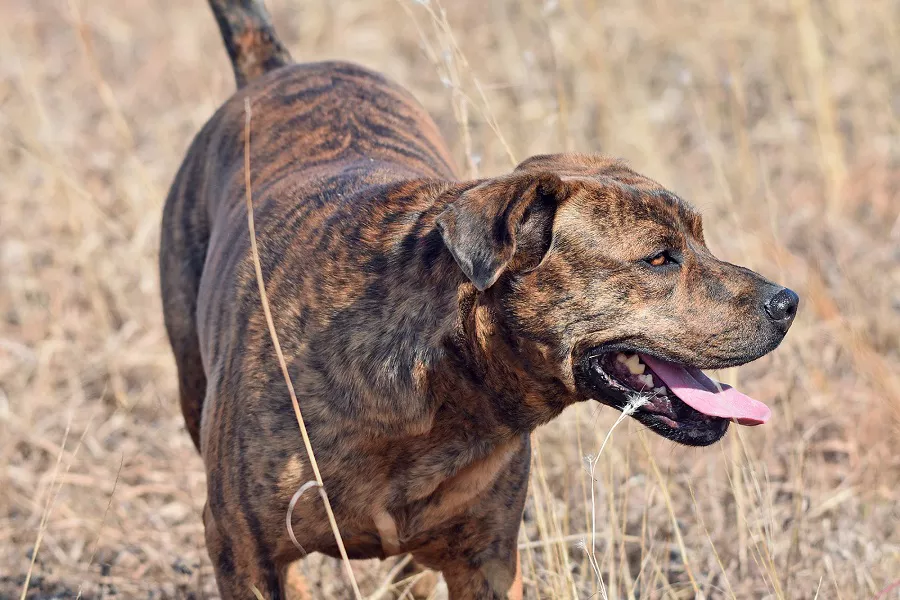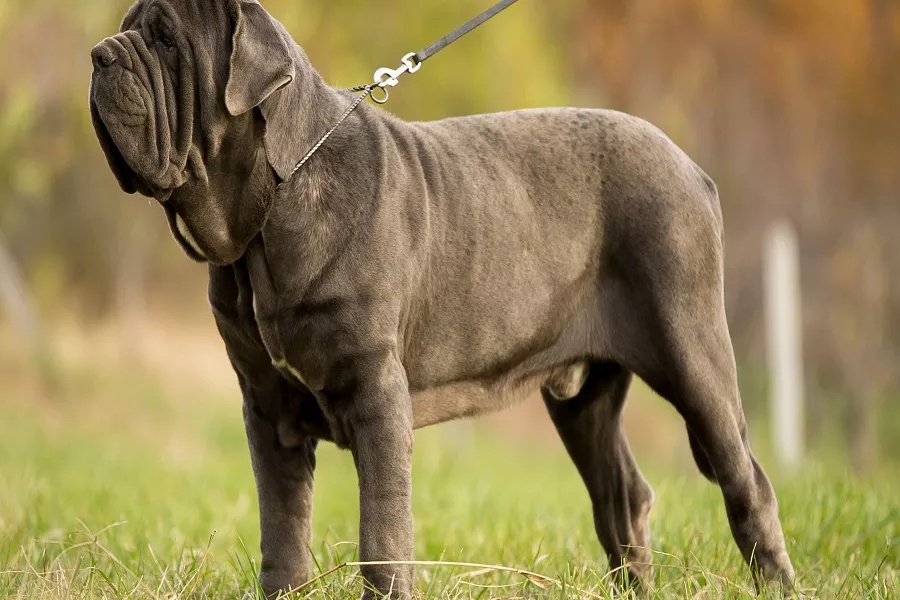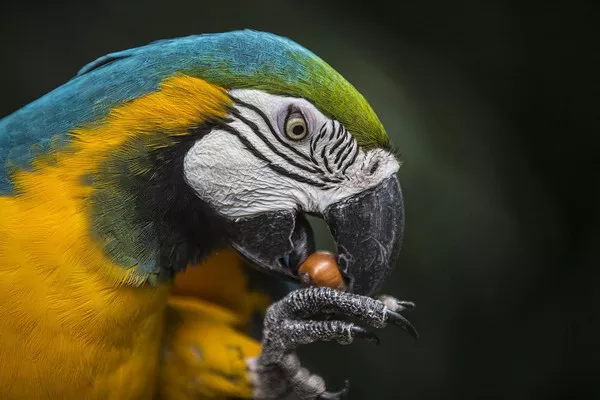What is miniature schnauzer?
The Miniature Schnauzer, known in Germany as the Zweig Schnauzer, is a cross between a common Schnauzer and a small dog. In the United States and Canada, the Miniature Schnauzer was once the most popular dog.
What does a miniature schnauzer look like?
body type
Shoulder height ranges from 12 inches to 14 inches. The body structure is solid, the body is close to square, and the height and length are roughly equal, and the bone mass is sufficient, and there is no place where it looks like a toy. Disqualification: Height under 12 inches or over 14 inches.
head
The eyes are small, dark brown, and set deep. The eyes are oval and sharp. Disadvantages: Light-colored, large, and protruding eyes are all defects. The ears, if trimmed, are of the same shape and length, with upward pointed corners. Their length is proportional to the size of the head, and exaggerated lengths are not allowed.
The ears are set high on the top of the head, with the inner edges straight up, and the outer edges may be slightly bell-shaped. If the ears are not clipped, the ears are small, V-shaped, and folded over the top of the head (button ears).
The head is strong and rectangular, tapering in width from the ears to the eyes to the nose. The forehead has no wrinkles. The forehead is flat and fairly long. The muzzle is parallel to the forehead, with a slight stop, and the muzzle is the same length as the forehead. The muzzle is strong and well proportioned to the entire head; the muzzle ends at a moderately obtuse angle with a bushy whisker to form a rectangular head profile. Defects: The head is rough and cheeky.
The bite is a scissors bite. Defects: upper jaw protruding occlusion, lower jaw protruding occlusion, pincer occlusion.
Neck, Topline and Body
The neck is strong and slightly arched, perfectly integrated with the shoulders, the skin of the throat is tight and wraps the neck just right
. The body is short and deep, with a chest at least to the elbows. Ribs are well-spread, well-deep and integrated back into the short waist. Topline straight; sloping slightly downward from withers to base of tail. Withers is the highest point of the body. The length from chest to hip is equal to the height at the withers. Defects: The chest is too wide or not deep enough. Thick back sunken or arched.
The base of the tail is set high and the tail raised. The tail needs to be docked, and the reserved length is: when the dog’s coat length is appropriate, the length just exceeds the topline. Defect: The position of the tail root is low.
forequarters
From all angles, the forelegs are straight and parallel to each other. They have strong wrists and plenty of bone mass. The chest of moderate depth is located between the two forelegs. Elbows close to body, defect: slack elbows.
The shoulders are sloping, muscular, flat and neat. They are well integrated into the back so that the sides of the shoulder blades are just above the elbows. The tops of the shoulder blades are very close together. The scapulae are sloping forward and downward, and at the right angle to allow the forelegs to extend as far forward as possible without restriction. The shoulder blades and forearms are long, allowing ample depth to the chest. The feet are short and round (cat feet), with thick, black pads. The toes are arched and compact.
hindquarters
The hindquarters have muscular, sloping thighs. Proper angle at the back knee joint. In the standard stance, there is sufficient angle for the hock end to extend beyond the tail. The hindquarters do not appear to be larger or higher than the shoulders. The hind ankles are short, perpendicular to the ground in a standard stance, and parallel to each other when viewed from behind. Defects: sickle legs, bull legs, O-shaped legs or bent hind legs.
coat
Double coat, firm outer setae and dense undercoat. The head, neck, ears, chest, tail and body need to be shaved. In competition conditions, the coat on the body must be of sufficient length to reflect its hair texture. Complete coverage of neck, ears and head. The texture is fairly dense but not silky. Faults: The coat is too soft or too short, or appears smooth.
color
Recognized colors are salt and pepper, black silver and solid black. Regardless of the color, the skin’s pigmentation must be uniform, that is, white or pink patches are not allowed anywhere on the skin.
Salt and pepper color: The typical salt and pepper color is formed by black and white bicolor hair, pure black and pure white hair, and black and white bicolor hair is the mainstream. A variety of pretzel shades are acceptable, from lighter shades of light pretzel to darker shades of brown. The color of the pretzel dog will gradually transition to light gray or silvery white in the following areas: eyebrows, whiskers, cheeks, under the throat, inside the ears, chest, under the tail, the lower half of the legs and the inside of the hind legs. In addition, the underside of his belly may also become lighter. However, the light-colored parts should not extend to the sides of the body, higher than the elbows.
Black and Silver: The black and silver style is the same as the salt and pepper color. It must be solid black in salt and pepper areas. The black and silver coat should have a black undercoat inside. Hair that has faded to brown should be removed, and the underside of the belly should be dark.
Pure Black: Pure black is the only recognized single color. The ideal shade is a very dark coat and a lighter, soft undercoat, which is ideal anywhere. Brown or faded hair should be removed. The part of the hair that is shaved with scissors or electric shears will become lighter in color. Small white spots on the chest or occasional white hair elsewhere on the body are permitted.
Disqualifications: Pure white or with white stripes, white smears, white patches, except black dogs with a small white spot on the chest. Salt-and-pepper or black-silver dogs gradually fade to light gray or silver-white from the throat and below the chest. other natural colors
gait
The evaluation of gait mainly depends on the gait during brisk walking. Looking at the forelegs from the front, the elbows are close to the body and straight forward, neither outward nor inward. When viewed from behind, the hindlimbs are straight and move in the same plane as the corresponding forelimbs. Note that generally after completing the brisk walk, the back leg will continue to move in the same plane as the front leg, but a slight inward tilt is allowed. The shoulder point should be used as the reference when viewed from the front, and the hip joint should be used as the reference when viewed from the back. Whether viewed from the front or the rear, the forelimbs or hindlimbs are vertical from the datum point to the ground. When the Miniature Schnauzer walks, the angle of the legs tilted inward is so small that it is almost indistinguishable with the naked eye. The toes should not be crossed, and the elbows should not be everted. Viewed from the side, the forelegs are fully extended and the hindquarters are strongly driven. Feet are not turned in or out. Defects: single line, side step, front leg high, row step, insufficient hind leg drive.
temperament
The typical Miniature Schnauzer is brave, alert, and tame at the same time. It is very friendly, intelligent and loves to please its owner. Never be aggressive or overly timid.
miniature schnauzer living habits
Miniature Schnauzers are a type of terrier. They are energetic and lively. They are very similar in appearance and personality to their cousin, the Standard Schnauzer, alert and lively. Disadvantages: Toy-like, too slender or rough.
miniature schnauzer rearing
Feeding should be regular and quantitative, three meals a day. Don’t feed wet dog food, drink less goat milk powder, and feed dry dog food and drinking water. Do not feed human food, because it contains high salt content, and schnauzers eat too much, which will affect the growth of hair and cause hair loss.
Reminder: For more knowledge about dog feeding, dog training, dog grooming, dog breeding, please pay attention to: mtedr.com, providing you with different kinds of dogs.


























